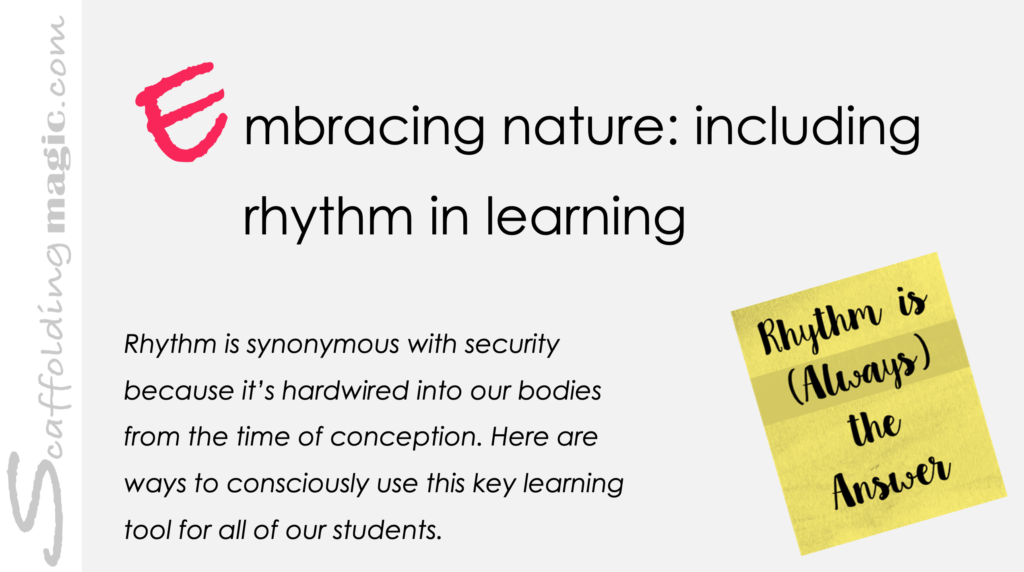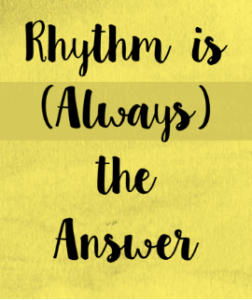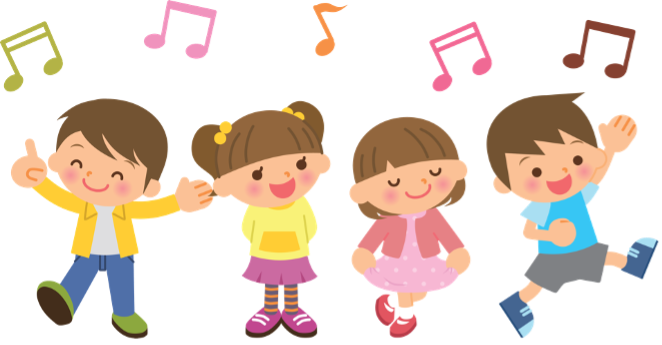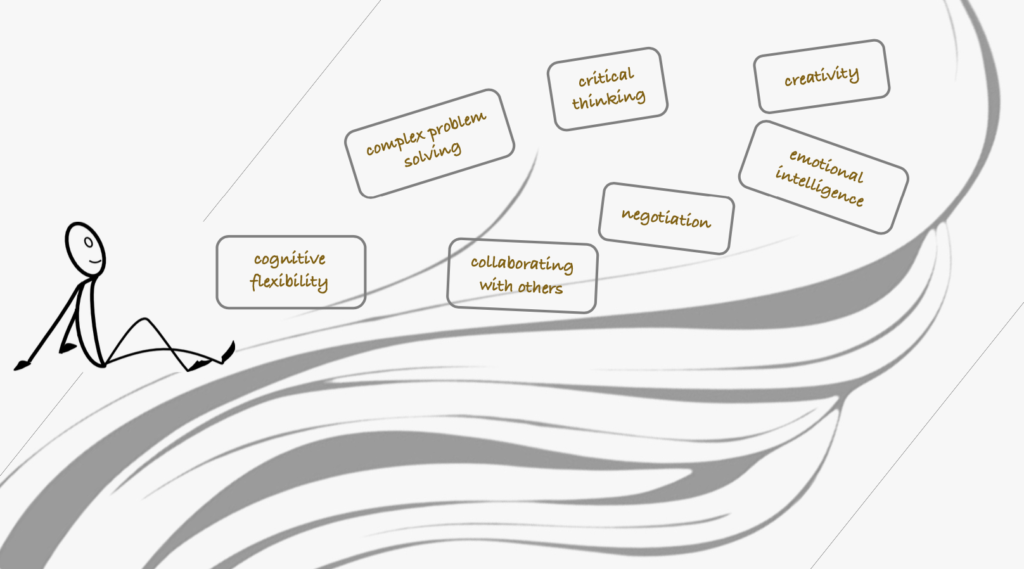
Download PDF of blog here.
Why rhythm?

In the pre-school classroom, rhythm in synonymous with security.
It helps our young students to know what to expect; it helps them to
develop a sense of purpose, and more self-control.
From the time our senses first light up in the womb, we learn through movement and rhythm. Movement and rhythm come from our mothers’ bodies: the rhythm of her breathing, the movement of her walking, the rhythm of her heartbeats, the movement of her lungs taking in and letting out air, the rhythm of her voice, the movement of our own bodies sloshing around in our liquid environment. All of this generates information and activates our developing minds.

We can say, therefore, that the womb is our first classroom and that movement and rhythm are our first languages. We didn’t lie there passively, after all, but rather we interpreted what we heard and felt and interacted with it accordingly. Those kicks we gave our mother were to communicate with her in some form or another!
Well, if movement and rhythm are our first teachers, reproducing those dynamics in our classrooms understandably is shown to raise learning. How could it not? The more tied to nature the learning environment is designed to be, the more easily the mind will accept new information.
How Low and High Frequency Music Affects Us
You may be familiar with the theory that playing music in the classroom stimulates thinking. Science supports this solidly. It’s the type of music we play, however, that gets specific results. We’re talking about low and high frequency music. In the womb, because of all the liquid and tissue, the sounds that enter from outside the body are high frequencies, and these are what energise the brain.

If you want to see this externalised, the next time you are in an area where a lot of birds are singing, take note of the flora. More than likely there is more plant life than where there are no birds. The chirping of the birds is a high frequency and it actually stimulates the pores of the plants to open – so where there are a lot of bird songs there are more plants! The same with our minds – high frequency music in the classroom translates to more stimulated minds and more focused students on their tasks.
On the other hand, if you play low frequency music, your students will probably get up to dance. It’s hard to resist this urge when this frequency of music is heard. If your students are looking sluggish and slow, low-frequency music is a great energizer. But it also can be used as a powerful learning tool. Movement is shown to help the brain make connections. Even though our youngsters may seem too distracted to focus, we can use these times as learning moments. Below, we’ll share some concrete ways to do this.
First, let’s go back to rhythm, as many international schools use this dynamic as the foundation for their scheduling. Teachers at Walford schools, for instance, plan their daily, weekly, monthly and yearly lessons using rhythm as their guide. Rod Steiner, the creator of the methodology behind the school, felt that breath – as the force behind human existence – was so obviously fundamental, that all lessons should be based on its dynamic – expansion and contraction.
Breathe in, Breathe Out
Here is an example at a pre-school level:

This dynamic – ‘breathing’ in lesson planning – is a technique that you can adapt to the lessons you’ve already established. You don’t necessarily need to change anything other than the order in which you present them. Children intuitively and subconsciously pick up on the rhythm, which then offers them security.
How else can we include a more natural dynamic to our daily schedule? Well, transitions from one activity to another is an excellent opportunity to infuse your class with more rhythm and movement. If we go back to the incentive behind the philosophy – our first learning environment – in general, gone are the days when a baby is smacked once it leaves the birth canal (i.e. a sharp and violent transition from one environment to another). Rather, more often than not, mothers are opting to create a birthing environment that is peaceful (low lighting, soft music, water, massaging, etc.). In fact, studies show that babies born into these more nurturing environments are emotionally healthier throughout their lives.
Using music for transitions
For our educational purposes, using music, song and (sometimes) dance for transitions is one way of reproducing this gentle change from one activity to another. You may already use songs as a staple in your classroom. There are a plethora of them – to help your students move from painting to circle time, from circle time to washing up, from washing up to lining up, from lining up to walking to the lunch room, etc.
Even if you’re not the designated English teacher, if you haven’t already, you can add more of these transition songs. In this way, you’re also helping your students to assimilate more vocabulary. If you are an English teacher, you could take time to help the other teachers learn these songs so that your students are exposed to more of the language in valid ways.
But wait. Some teachers tell me that they are resistant to these transition songs because some vocabulary is too sophisticated for such young students, and so it is counterintuitive to teach them songs that they really don’t understand. However, studies show that these songs are beneficial to our young learners on many different levels. They may not have a literal understanding of the meaning of all the words, but they will store the patterns, the terms and phrases in their minds so that in the years to come, some story, video, or other linguistic interaction will trigger that storage center, and the word or phrase will finally take meaning in their minds.
Aside from transition songs, for story time, you can choose books that stimulate both rhythm and movement. For example most books by Eric Carlye are appropriate, especially I See a Song. Michael Rosen’s Going on a Bear Hunt is also an excellent opportunity to get students up, moving about, and reciting repetitive, rhythmic narrative (there is a video of the author reading it himself, with all the sound effects, that can be complimented with the illustrations), and Carol King’s musical versions of Maurice Sendak’s irresistible stories, to name just a few.
The more you focus on rhythm, movement, music, dance, the more engaged your students will be in very positive, pro-active ways. Do you dare to fill your classroom with song and dance? Do you dare to reproduce breathing in your planning? Have fun!!
So that’s a quick introduction to using rhythm and movement to your lessons to stimulate thinking. Look for the next blog when we’ll look at rhyming and how it can promote even more participation in your young learners. See you again soon!
In the meantime…
please share the changes you see in your students as become more positively active in the classroom!!


Scaffoldingmagic.com is your entryway into DYNAMIC bilingual learning methodologies, such as Phenomenon-Based Learning, CLIL, EMI, and ESL. You’ll find ways to implement critical thinking tools (DOK) to promote higher level thinking, the growth mindset, instill an ethic of excellence, deep reflection on learning, and all through multi-cultural, interdisciplinary activities. We have the keys to turning competences into action and to creating collective efficacy in your school so you move ahead as a unified, enthusiastic team.